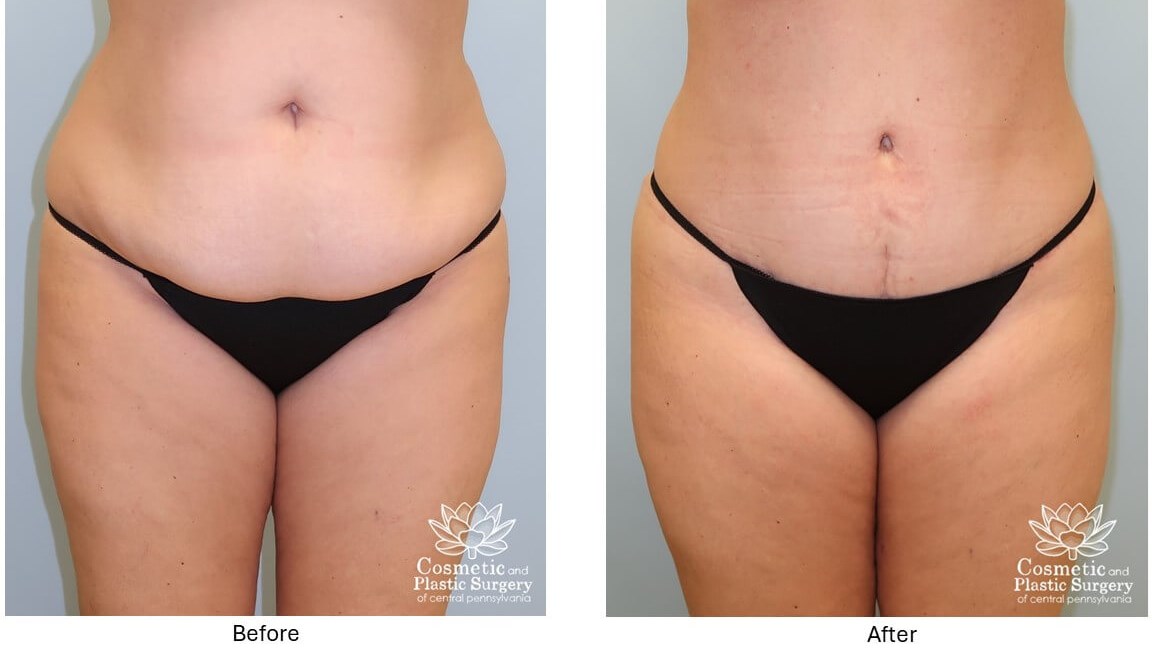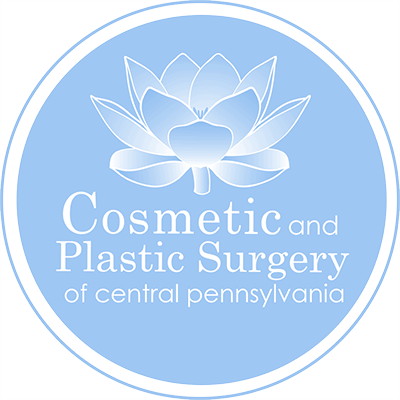Abdominoplasty
&srotate=0)
A flat abdomen is something we work for through exercise and diet. Sometimes achieving this goal is not possible without a surgery to return the abdomen to a more youthful shape. Abdominoplasty (Tummy Tuck surgery) removes excess lower abdomen fat and skin. Many surgeons will also perform a diastasis repair at the same time; this brings the abdominal wall rectus muscles closer together, reducing the central bulging area of the abdomen. This is an important part of the surgery to restores abdominal wall muscles to a normal anatomy state (pre-pregnancy state). This also brings the lateral abdominal skin closure to the center, helping to restore the hourglass figure.
High Tension Lateral Abdominoplasty differs from the traditional abdominoplasty in several areas. This places more tension on the hips and thighs (not the central lower abdomen), lifting the thigh skin and placing more tension on the central upper abdomen, helping to flatten the upper abdomen while flaring the hips. The upper lateral skin is not fully released, so the blood flow and thus wound healing and sensation on the lower abdomen are better after surgery. The central skin is released; this creates shape to the abdominal wall, creating the illusion of a six pack. The lateral skin (from the muffin top region or hourglass region) is brought towards the midline, helping to restore the hourglass figure (normal tummy tuck does not do this). HTLA abdominoplasty gives a flattering shape where the traditional abdominoplasty struggles to create this shape.
When you wake up from your tummy tuck you will be in a beach chair type position with your hips bent and your back up right. The excess skin is removed. You will be able to stand up straight after 1-2 weeks; initially your flexed waist will keep tension off the suture line. You will need several weeks for the skin to stretch to be able to stand up. You will have drainage tubes coming out of your mons region; these divert the excess fluid out of your body. Your bandages will cover the incisions and you will be wrapped in an elastic compression garment to minimize swelling. Most patients will have an On-Q pain relief system in place to help reduce the pain from the diastasis repair. This will flow automatically; the excess will come out the drains.
Typically, the first drain and the On-Q pain relief system will be removed in the first week. The second drain will be removed in the second week. The belly button sutures will be removed in the third week. During these visits, incisions are checked for problems and if needed the abdominal wall might need to be aspirated with a syringe and needle if fluid (a seroma) is accumulating.
Most patients who work a desk job return after 3 weeks. Occasionally, patients who work from home will return to work after 2 weeks. Patients who work, doing manual tasks, need 4 weeks before returning to work.
Exercise can resume after 4 weeks. Swimming can resume after 6 weeks. All these items are supervised by your plastic surgeon. While this seems straight forward, there can be problems. Your surgeon will know what to do about the problems.
